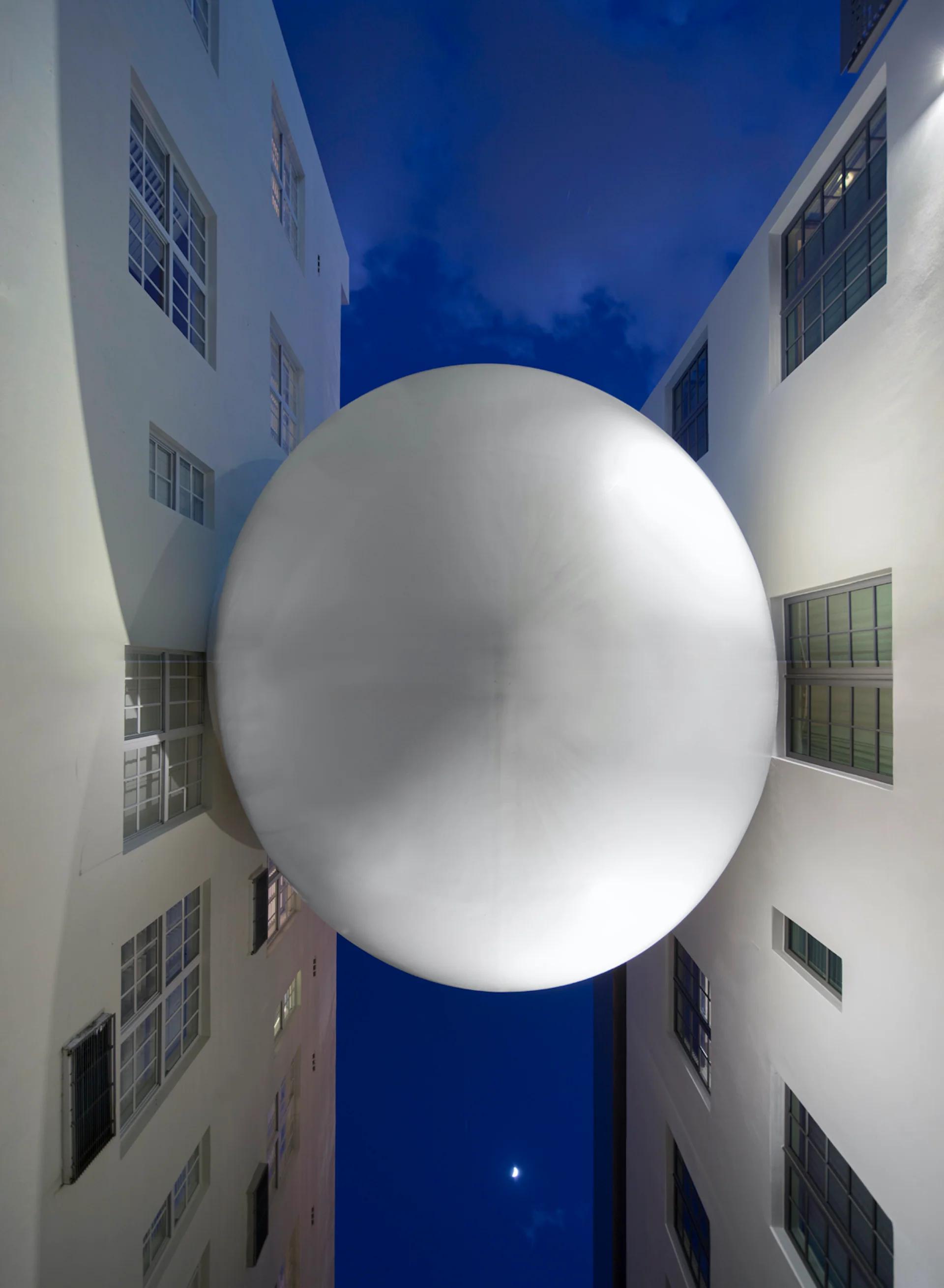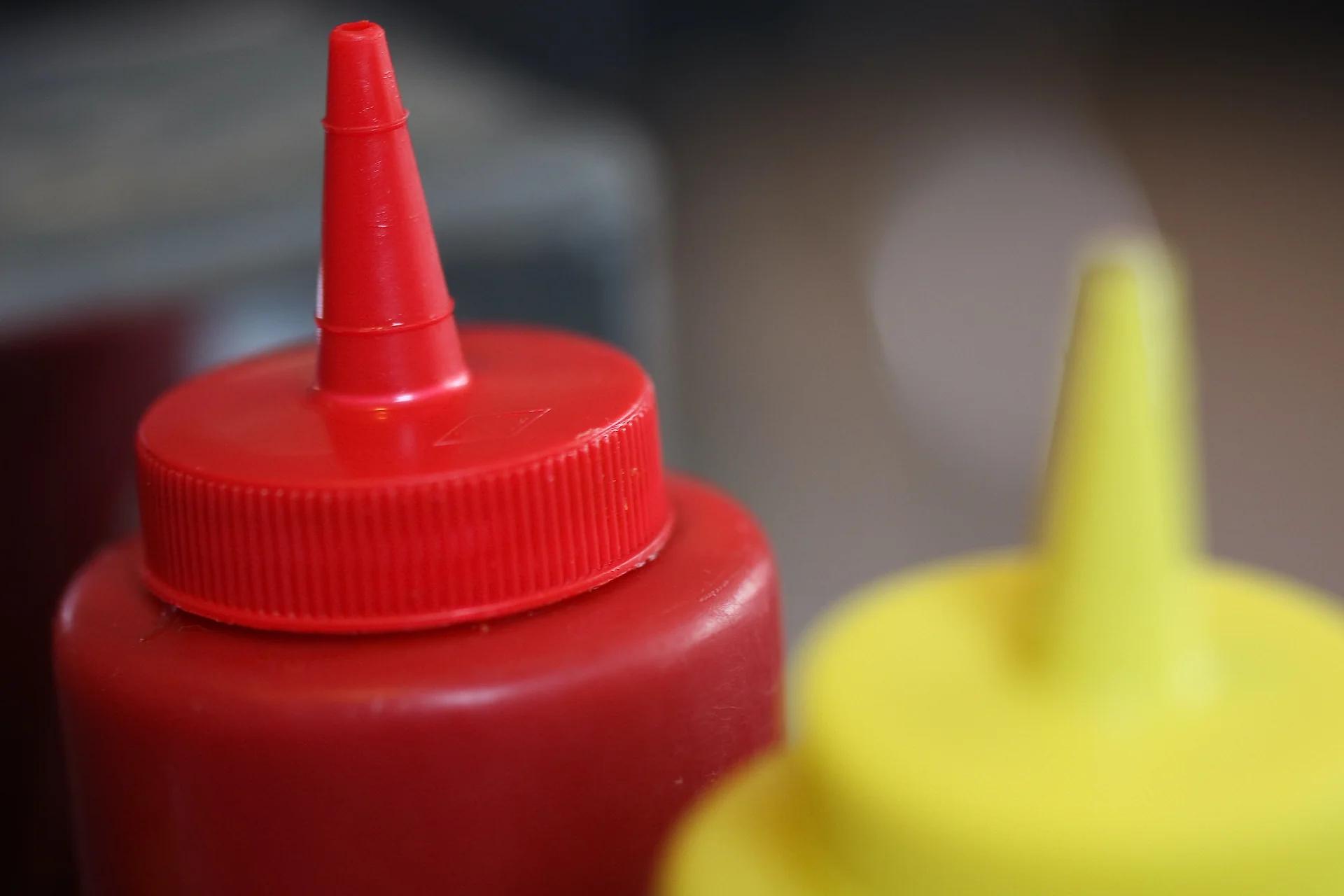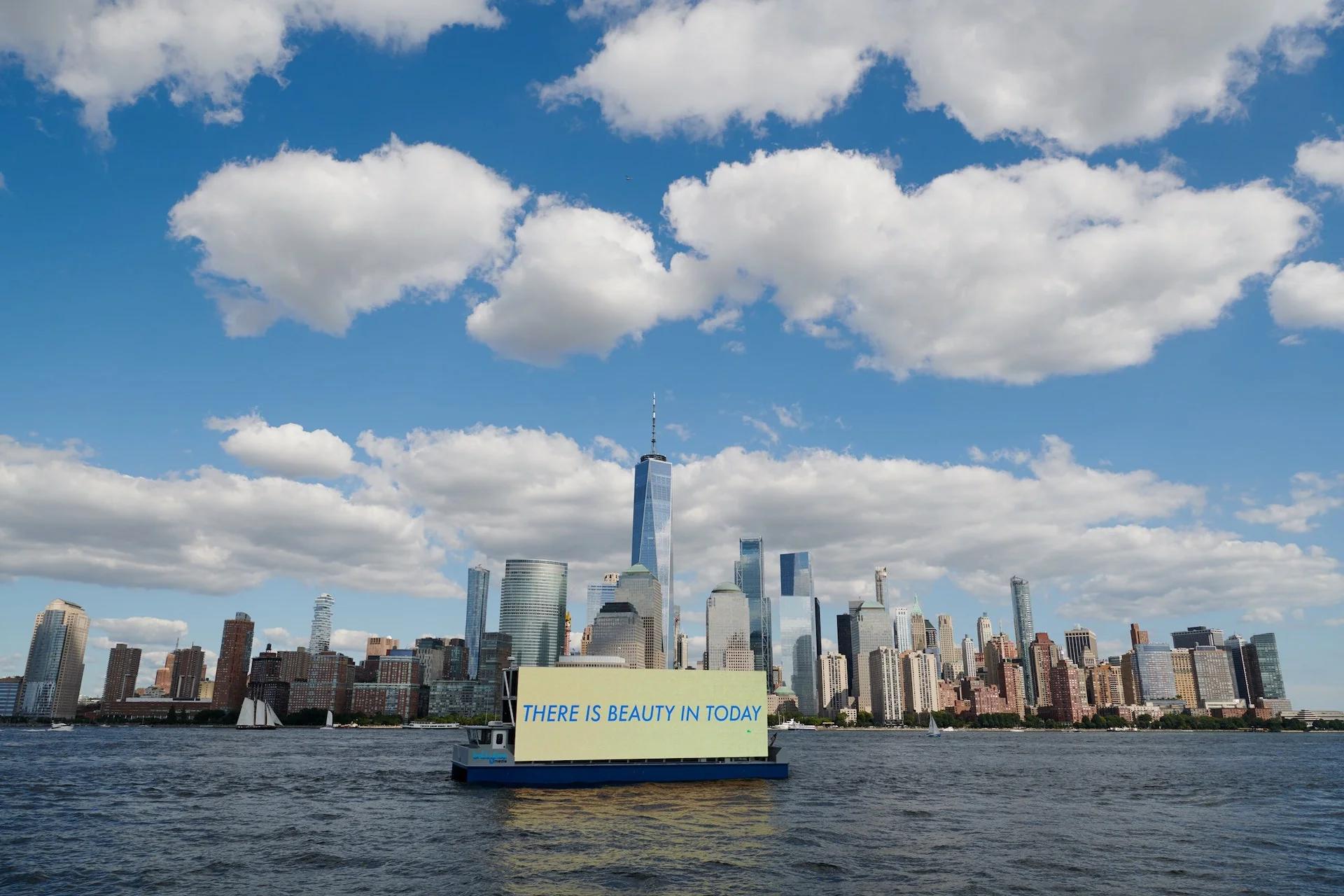SPOTLIGHT: AMERICA(S) DECEMBER 8 2020
by Wava Carpenter
The Miami-based multitalent shares his thoughts on American design today

MIAMI ARTIST-DESIGNER EMMETT MOORE
Photo © Phillip Karp
In the American Design Stories series, we ask designers from across the Americas to share their insights on American design today, along with three images that represent the designers’ vision of American design.
For this episode, we reached out to Miami-based artist-designer Emmett Moore, who’s known for revaluing and reinventing everyday materials to create objects that speak in a Miami vernacular to a global audience. His work vacillates between art and function and always brings surprises.
Design Miami/What does “America” mean to you?
Emmett Moore/“America” is a place of infinite potential and optimism, where past, present, and future collide on a daily basis. The idea of America is full of contradictions and idiosyncrasies, but it is constantly evolving while reckoning with mistakes of the past.
DM/What does “American design” mean to you today?
EM/“American Design” that feels uniquely American pushes the constraints of time in a way that acknowledges a global history while simultaneously moving forward. Good American design feels like science fiction, otherworldly, not bound to place or time.

WHEN ASKED TO IDENTIFY A SYMBOL OF AMERICAN DESIGN, MOORE RESPONDS: "THE BRIDGE CONNECTING THE BETSY AND CARLTON HOTELS ON SOUTH BEACH BY ALLAN SHULMAN. IT'S A BRIDGE BETWEEN OLD AND NEW THAT LOOKS LIKE AN ALIEN ORB WEDGED BETWEEN TWO BUILDINGS, HOVERING ABOVE A GRIMY ALLEYWAY. IT'S MESMERIZING AND PERFECT. IT IS A WACKY AND ELEGANT APPROACH TO DEALING WITH ADDITIONS TO HISTORIC STRUCTURES."
Photo © Robin Hill; Courtesy of Shulman + Associates
DM/Does that notion of America or American design figure into your own work? If so, how?
EM/I try to be reactive and flexible in my own work. This has led to a widely varied studio practice that encompasses architecture, design, and sculpture—that has the flexibility to change with the times. I’ve never felt tied to any particular style, material, process, or aesthetic, and have actually pushed back against constraints. I’ve worked hard to create freedom in what I do.
DM/What American stories are you telling with your work?
EM/The narrative aspects of my work often come out in the material selection, whether it be used clothing, found objects, or local wood and construction material. The work tells a story of art history, product design, consumer goods supply chains, and more recently the effect of humanity on the environment. A lot of my work is about Miami, where I live and work, in a way that feels specific. But I try to use local narratives as a way to talk about global ideas.

"THE RED KETCHUP SQUEEZE BOTTLE IS A QUINTESSENTIAL, TIMELESS, UBIQUITOUS DESIGN. ITS FUNCTION/CONTENTS ARE IMMEDIATELY CLEAR, WHETHER ON A SPACESHIP OR IN A CAFETERIA. AND IT'S A TOOL FOR THE MOST AMERICAN OF MEALS, BURGERS AND FRIES."
Photo © Bart Heird via Flickr
DM/What impact have the events of the past year had on your perception of your role as a designer?
EM/The past year has made me recognize my role, first and foremost, as a thinker rather than a maker. During quarantine, I joined a group of creatives spread out across the US to tackle some national issues, like what to do about problematic monuments. I joined another international group to work in a similar vein, to address how we use our training as designers, artists, and architects to effect positive change on the world purely through ideas.

ANOTHER PARAGON OF AMERICAN DESIGN: "I CAN'T MANAGE TO LOOK AWAY FROM THIS. IT LOOKS LIKE A BILLBOARD LEARNING TO SWIM. IT'S AN INGENIOUS INVENTION FOR AN ERA OF SEA-LEVEL RISE AND HIGH REAL ESTATE PRICES. EVEN WHEN IT IS USED TO ADVERTISE, IT LOOKS LIKE AN ARTWORK."
Photo © Ballyhoo Media
DM/How have current crises figured into or impacted your studio’s experience and approach?
EM/Fortunately, I had been in the process of bringing all of my work and studio practice into my home, trying to commute less, and be more productive in general. I was working out of three different places in 2019, and it wasn’t efficient. 2020 has been all about figuring out how to work while staying in the same place and never having to leave.
DM/Do you have a personal mantra?
EM/I have a few mantras, and they’re all about living in the present moment. One of my favorites comes from my dad: “Kill the closest snake first.” I guess it’s about prioritizing the most important thing in a given moment. What do you do when you’re in a room full of deadly snakes? You kill the closest one first.
DM/Thank you, Emmett! ◆
Emmett Mooreis a Miami-based artist and designer known for a technically rigorous, interdisciplinary approach that challenges notions of functionality. His work has been shown institutionally at the RISD Museum, Frost Art Museum, Miami Art Museum, and Bass Museum of Art, and can be found in the permanent collection of the Perez Art Museum Miami. He was the first Miami-based designer to exhibit a solo exhibition at Design Miami.
Moore graduated from Design & Architecture Senior High in Miami and received his BFA in Furniture Design from the Rhode Island School of Design. His most recent project is a single family home on the Miami River, designed in collaboration with Arquitectonica. Moore is represented by Nina Johnson gallery in Miami.
Inspired by the 2020 Design Miami/ Podium theme America(s)—and all the complexities that go along with it, especially in this moment—Anna Carnick and Wava Carpenter of Anava Projects connected with a selection of outstanding designers with personal ties to the Americas to get their take on “American” design today. Their responses were insightful, inspiring, and diverse: From thoughts on the most pressing issues and challenges facing designers now, to hopes and suggestions for a more equitable future and reflections on their own American design journeys to date. Each story is accompanied by images provided by the designer that embody what America(s) or American design means to them.